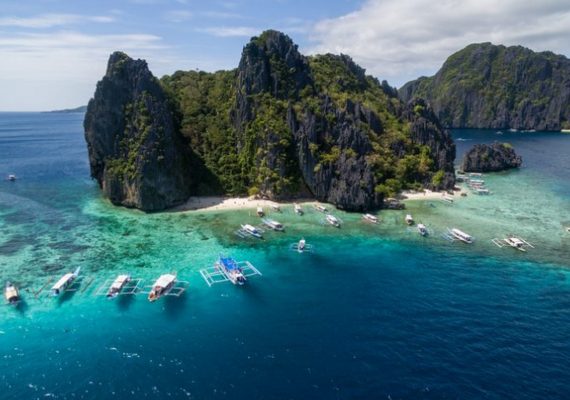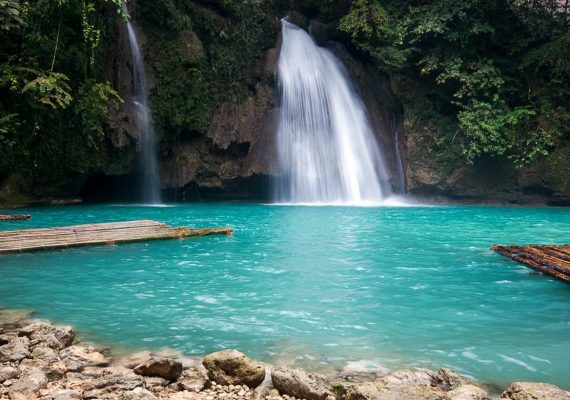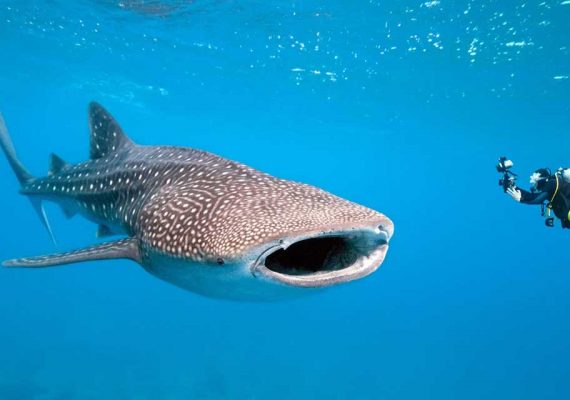Booking for : Philippines
Philippines
Duration : 9 Days, 8 Nights
Tour Details
The Philippines’ location on the Pacific Ring of Fire and close to the equator makes the Philippines prone to earthquakes and typhoons, but also endows it with abundant natural resources and some of the world’s greatest biodiversity. The Philippines is the world’s 5th largest island country with an area of 300,000 km2 (120,000 sq mi).[22][4][5] As of 2015, had a population of at least 100 million.[7] As of January 2018, it is the eighth-most populated country in Asia and the 12th most populated country in the world. Approximately 10 million additional Filipinos lived overseas,[23] comprising one of the world’s largest diasporas. Multiple ethnicities and cultures are found throughout the islands. In prehistoric times, Negritos were some of the archipelago’s earliest inhabitants. They were followed by successive waves of Austronesian peoples.[24] Exchanges with Malay, Indian, Arab and Chinese nations occurred. Then, various competing maritime states were established under the rule of datus, rajahs, sultans and lakans.
Why you choose this package!
- Manila City Tour with Indian Lunch.
- Underground River Tour with Local Lunch.
- El Nido Tour A with Local Lunch.
- Bohol Countryside Tour with Local Lunch
- English Speaking Guide Service.
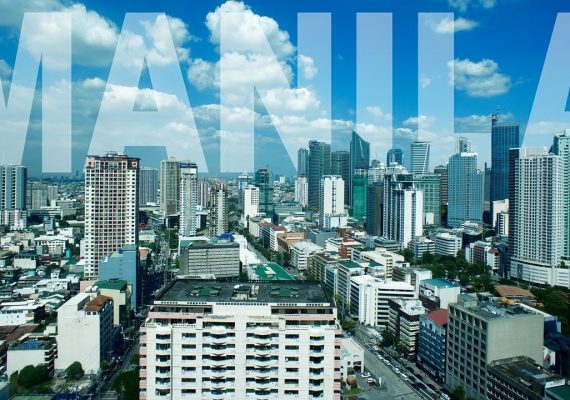
Day 1,Arrival Manila

Day 2,Manila City Tour & Shopping
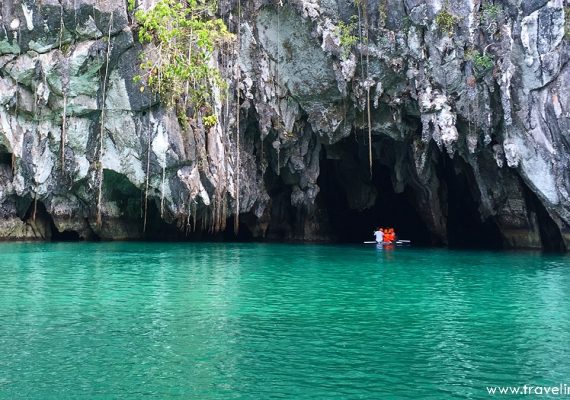
Day 3,Manila To Pureto Prinsesa

Day 4, Puerto Underground River Tour And Transfer
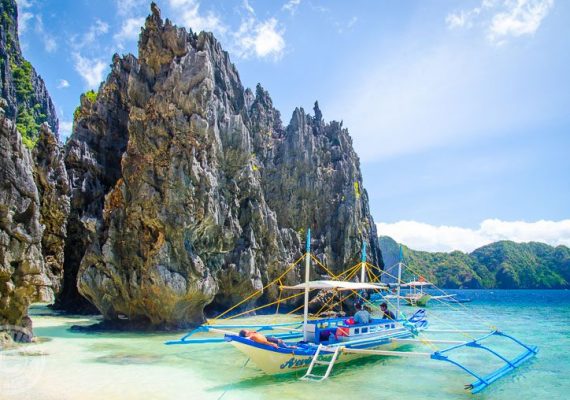
Day 5,El Nido Island Hopping Tour

Day 6,El Nido To Cebu
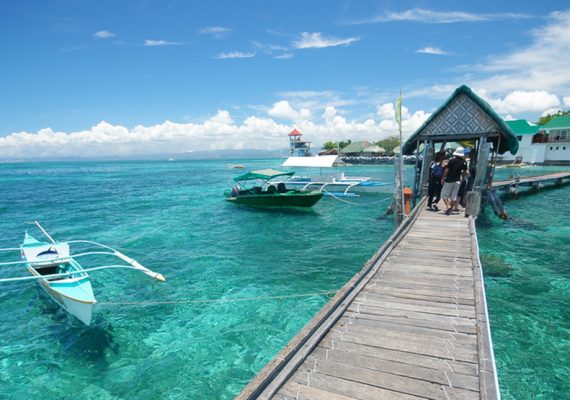
Day 7,Cebu – Whale Shark Watching + Kawasan Falls Tour
Note: Kindly Carry Plastic Bages For Mobile Phones And Carry Towels With Swimming Costumes)
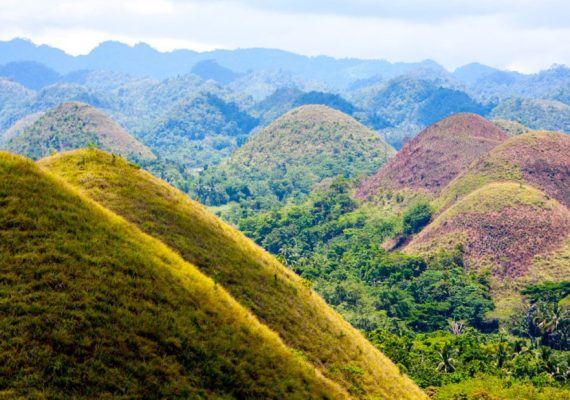
Day 8,Bohol Countryside Tour

Day 9,Departure Cebu
Inclusions
- INR 30,000/- Approx Lowest Air Fare From (EX. BOM,) As Of Now (Air Fare Is Subject To Availability At The Time Of Booking)
- Return airport transfers (Airport-Hotel-Airport).
- One Way Private Transfers from Puerto Prinsesa to El Nido.
- 8 Breakfasts, 4 Local Lunches & 1 Indian Lunch
- English Speaking Guide Service.
- All transfers on SIC (seat in coach) basis.
Exclusions
- 5% G.S.T will be applicable on Tour Cost.
- Visa cost INR 3500/- Per person
- Manila – Puerto Prinsesa internal flight (approx 50 – 80 USD Per person Per Sector)
- El Nido – Cebu internal flight (approx 50 – 80 USD Per person Per Sector)
- All personal incidental expenses
- Any item not included in the itinerary
- Tipping for driver and guide
- Travel Insurance at USD 10 per person which is strongly recommended
- Cost of meal other then mention above
- Surcharge if any applicable
- A surcharge cost applies during Peak Season (Christmas, New Year, Chinese New Year, Holy Week, Other Holidays and Festivals).

